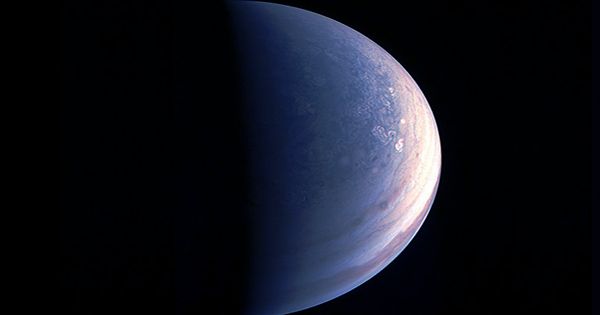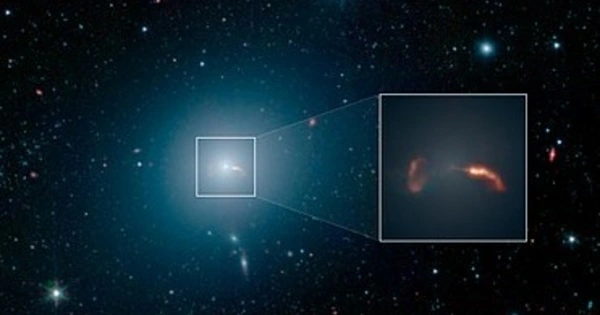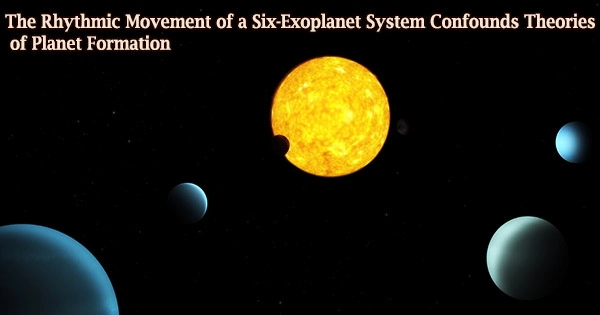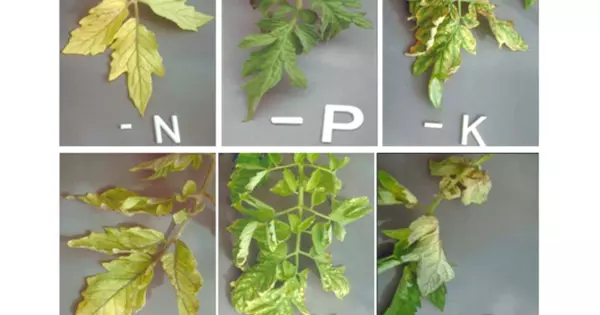Gliese 667C is a well-studied neighboring star, one of three stars in a triple system. An international team of scientists used new studies of Gliese 667C to discover evidence of up to seven planets surrounding the star, including three super-Earths in the habitable zone.
Gliese 667C is a member of the Gliese 667 triple star system. The star is slightly over one-third the mass of the Sun and is located in the constellation Scorpius, only 22 light-years away. At least six planets circle the star, three of which are in the habitable zone, where liquid water can exist on the surface. These three planets are projected to be tidally locked, constantly facing the same direction as they orbit the sun.
Gliese 667C c, f, and e are the names of the three exoplanets within the habitable zone. Planet c has a radius 1.8 times that of Earth and revolves around its star every 28 Earth days. Planet f has a radius 1.5 times that of Earth and circles every 39 days. Planet e is the same size as planet f and orbits the sun in 62 days.
Gliese 667C is a red dwarf, which is smaller than our sun and just 1.4 percent as bright. The star is located in the constellation Scorpius and is approximately 22 light-years away from Earth. The habitable zone of Gliese 667C has totally contained within an orbit the size of Mercury, far closer in than that of our Sun. The system is the first example of a system where a low-mass star is seen to host several potentially rocky planets in the habitable zone.

Gliese 667 C is the smallest star in the system, with just around 31% of the mass of the Sun and 42% of the radius of the Sun, orbiting about 230 AU away from the Gliese 667 AB twin. It is a red dwarf with an M1.5 stellar classification. At a comparatively low effective temperature of 3,700 K, this star radiates only 1.4 percent of the Sun’s brightness from its outer atmosphere. This warmth is what gives it the red-hued glow that M-type stars are known for.
The apparent magnitude of the star is 10.25, giving it an absolute magnitude of about 11.03. It is known to have a system of two planets; claims have been made for five additional planets but this may be an error due to the failure to account for correlated noise in the radial velocity data. The red dwarf status of the star would allow planet Cc, which is in the habitable zone, to receive minimal amounts of ultraviolet radiation.
Compact systems revolving around Sun-like stars have been discovered to be common in the Milky Way. Planets circling close to such stars are extremely hot and are unlikely to be habitable. This is not the case with stars that are colder and brighter, such as Gliese 667C. In this situation, the habitable zone is totally contained within an orbit the size of Mercury, which is far closer in than the orbit of our Sun. The Gliese 667C system is the first in which a low-mass star is observed to support many potentially rocky planets in the habitable zone.
















